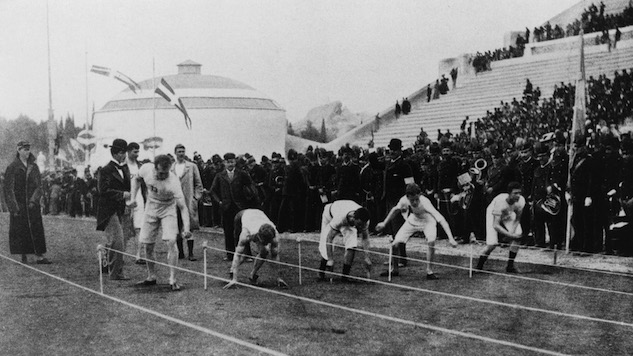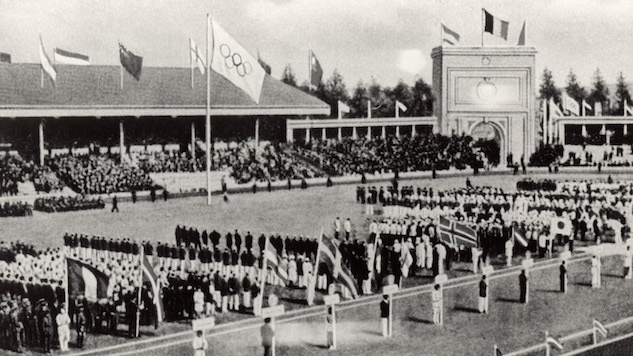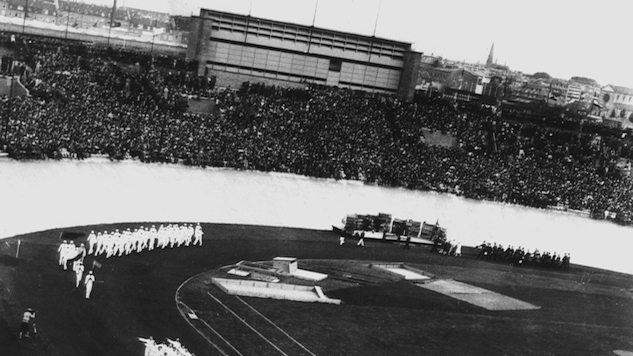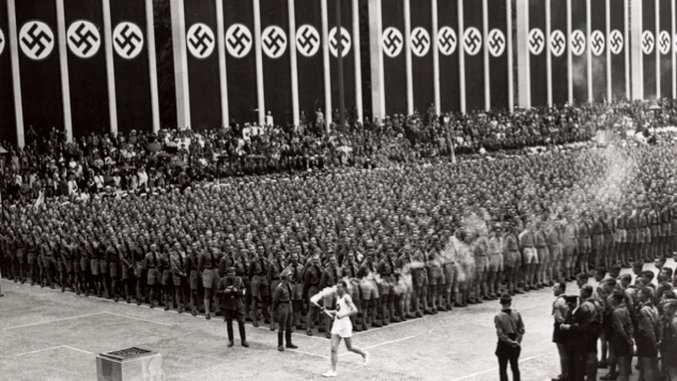The Olympics Opening Ceremony Through the Ages
Photos courtesy Getty Images
Tonight is the night: the opening ceremony of the 2016 Olympic Games in Rio de Janeiro is finally happening.
One of the great spectacles in international culture kicks off tonight (never mind the fact that soccer and archery events have already begun). The opening ceremony is the host nation’s chance to open its arms to the world and put its culture on full display.
Check out Paste’s coverage of what to expect at the Rio 2016 Opening Ceremony.
The artistic displays of the opening ceremony are central to the Olympic movement. Pierre de Coubertin, the founder of the modern Olympic Games, envisioned the Olympics as displays of athletics and art. The opening ceremony is a central part of the art.
Here is a look at how the opening ceremony has changed throughout the ages.
Athens 1896

The Olympic Games officially returned on April 6, 1896. The first edition of the modern Olympics had its opening ceremony in the totally restored Panathenaic Stadium, a venue that was first constructed in 330 BC. A crowd of 60,000 people ushered in the games.
London 1908

One of the most symbolic pieces of opening ceremonies as we know them is the Parade of Nations. The 1908 games in London (which lasted more than six months!) were the first games to feature this parade. Things didn’t super smoothly in this first attempt; Finnish athletes marched without a flag rather than marching under the Russian flag, the Swedish athletes didn’t march at all because no Swedish flag was hung in the stadium and American flag bearer Ralph Rose refused to dip the Stars and Stripes to King Edward VII.
-

-

-

-

-

-

-

-

-

-

-

-

-

-

-

-

-

-

-

-

-

-

-

-

-

-

-

-

-

-

-

-

-

-

-

-

-

-

-

-
















































